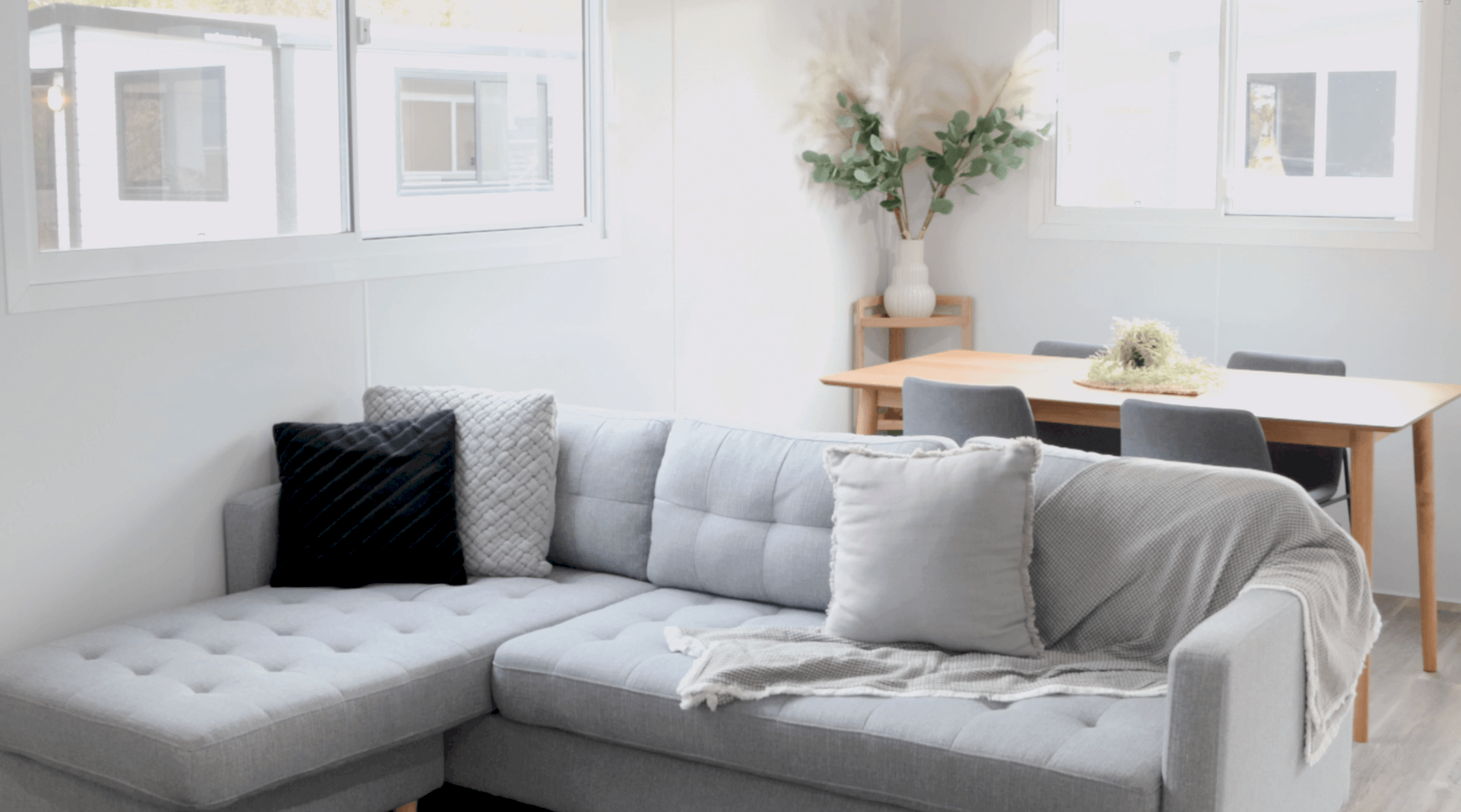
Younger Aussies are finding elaborate ways to put a roof over their heads, with relocatable homes on wheels becoming the new quirky and cheaper way into the Australian housing market.
Falling under the same statewide legislation as a campervan, younger generations are using their parents backyards to set up their new digs.
Owners can forgo the costs that come with a permanent structure, as well as purchase their entire new abode for the same price it may cost them to put a down payment on a house or unit.
McCrindle social researcher Ashley Fell said a lot of research was pointing towards younger generations considering other ways of entering the market.
“Despite this current economic challenges, this desire for home ownership is still strong, so it makes sense that they’re getting creative with that.”
She said this provided a middle point of freedom and independence with increased affordability challenges and lifestyle factors, younger generations were likely to compromise on the traditional Australian housing dream.
“Because of population growth, if you want that you have to move quite far out and many younger people don’t want to do that.
“They are open to smaller spaces, whether that’s apartments, tiny homes, van homes or granny flats – it’s a shift we are seeing across the generations.”
.jpg?width=2500&height=1667&name=_97A4285%20(1).jpg)
VanHomes CEO Vito Russo said he has noticed a huge shift in the last few years with younger generations choosing them as a more affordable housing option.
“Initially it was mum and dad in the kids backyards retiring after selling the big family home and wanting to be closer to kids and grandkids, now it’s the younger generations who previously rented or have struggled to purchase and they’re choosing to be in their parents backyard at a fraction of the cost.”
said Vito Russo.
A studio sized VanHome (18 sqm) was priced at $60,000, with a granny flat two bedroom abode (59 sqm) priced at $140,000. Delivery usually takes 8-12 weeks.
“Today’s homes we are doing the interiors to make them quite attractive, we are calling them mobile mansions.”
“It definitely won’t fix the housing crisis, but it is an excellent alternative for a lot of people who would otherwise be struggling or even face homelessness.”
Keely Bevan and partner Bryce were feeling cramped living in a single room of her parents house when they welcomed their first daughter Stevie.
Feeling like they needed their own space, this prompted them to search for alternative options.
“We couldn’t financially afford a house, I was coming off maternity leave and going part time so it didn’t put me in the category of a high enough earner,” she said.
Due to their family’s property being in a flood fire and flood zone, they faced issues with paperwork and red tape with more permanent structures. A relocatable home solved the problem and within three weeks they were living in their new home.
“It’s safe for our daughter, its easy for her to get in and out of, we have a fence and courtyard, it gives us our own privacy,” Ms Bevan said.
She said they loved the independence it provided and were paying roughly $480 a week to pay off their loan, gas and electricity.
“Technically it’s like paying rent each week but at the end of the day its going to be ours.”
Tiny homes on wheels were also providing other housing options.
Co-founder of Tiny Mobile Eddie Davies said their focus was on affordability with many of their clients using these houses as a stepping stone to get into the market.
“You see first hand the struggles people go through and not being able to afford houses and the crisis of the rental market is astronomical,” he said.
“The genuine and real threat of the working class that are facing homelessness, that’s the crazy thing for us, that someone who is working who has an income but the rental market and housing affordability is dire.”
He said loans could be approved in 48 hours and the homes built and delivered within seven days.
“It gives people independence and a sense of belonging,” he added.
“It’s helping people escape the perpetual rental trap that a lot of people are in.”
.jpg?width=6000&height=4000&name=842D_V897_Jilliby%20(1).jpg)
Chris Galea, 29, is about to set up a tiny home on wheels on his parents property.
“The past nine years I have been in and out of the rental market,” he said.
“About 80 per cent of my expenditure was going towards my rent, and its not viable for me to live off that.”
Mr Galea said the size didn’t bother him as it was similar to a two bedroom granny flat he had previously rented.
He planned to eventually buy a second tiny home to create a modular style house.
However, Ms Fell noted that needing a family member with a the extra space was also a privilege that many Australians didn’t have.
“There needs to be some bigger changes at a government level, rather than just parents and grandparents because not everyone has that option to just build a relocatable home to put on someone’s property,” she said. “There is more that needs to be done.”



